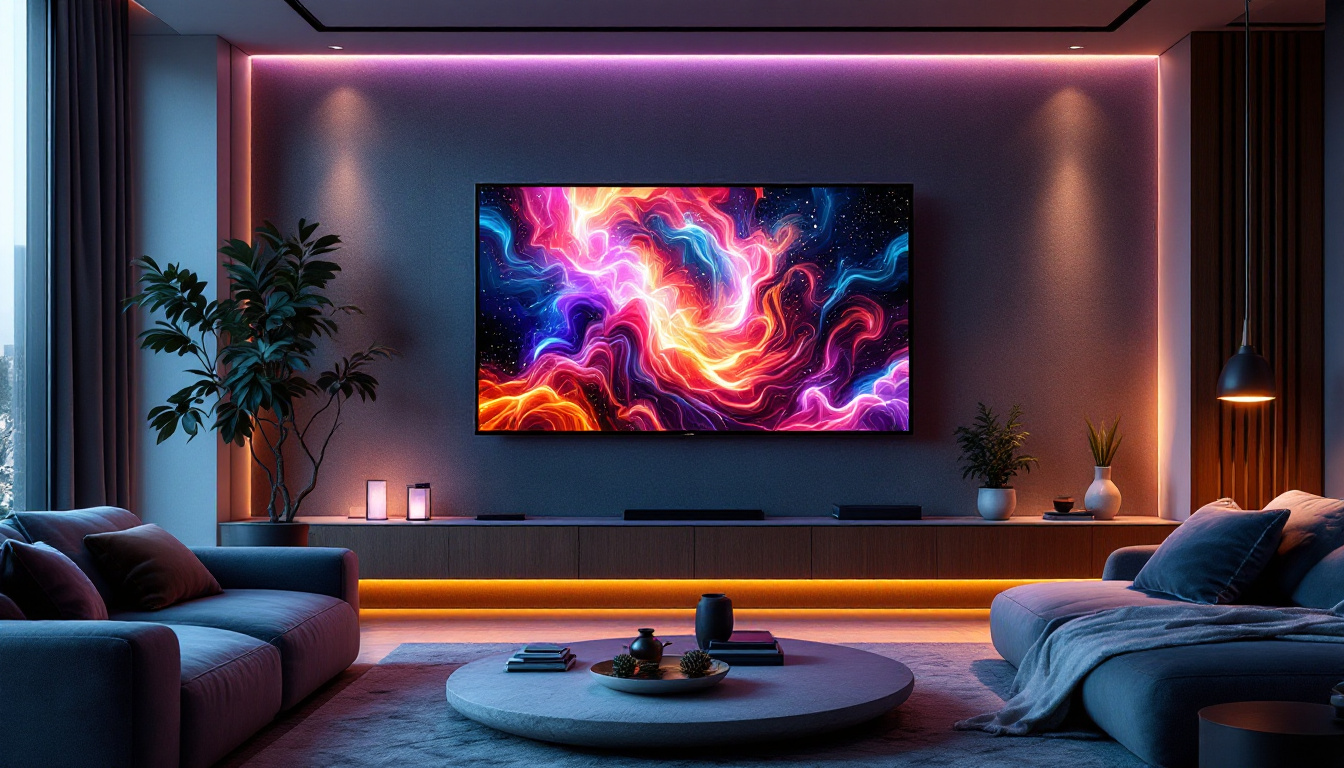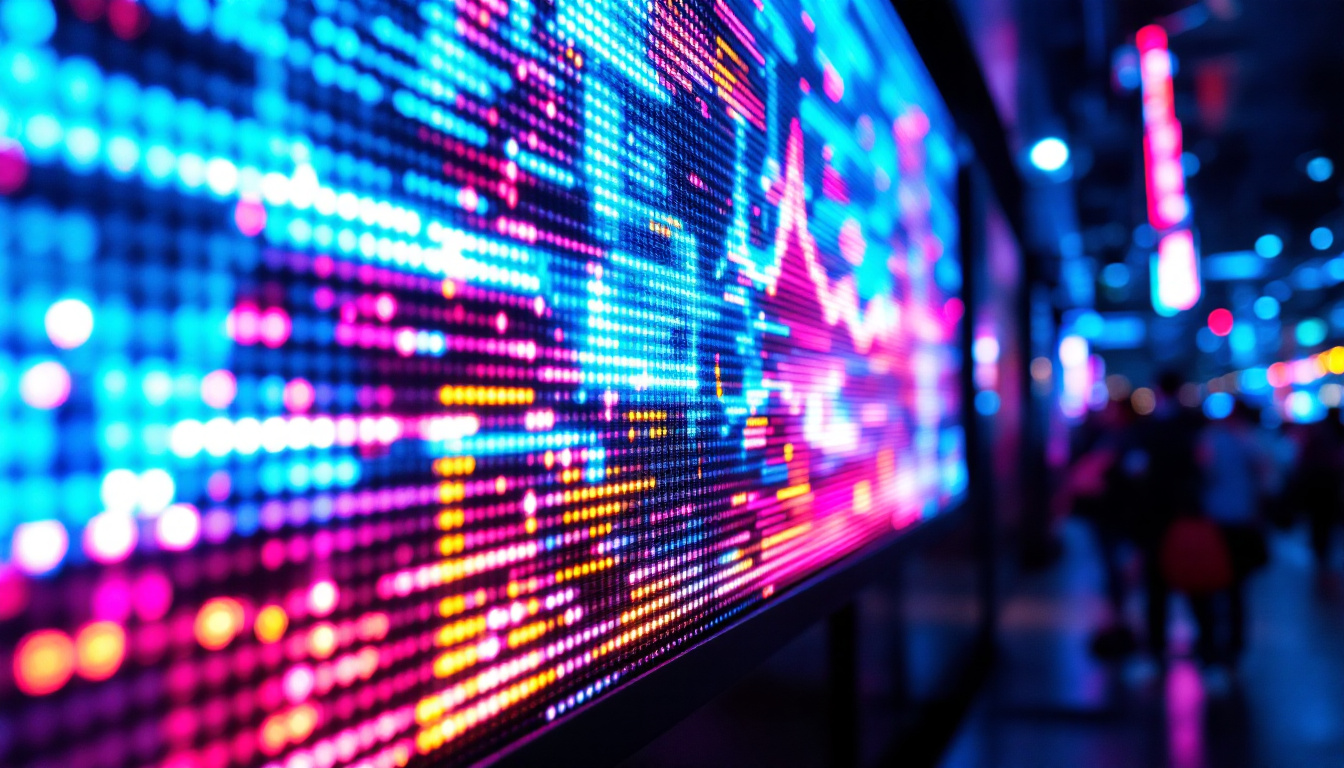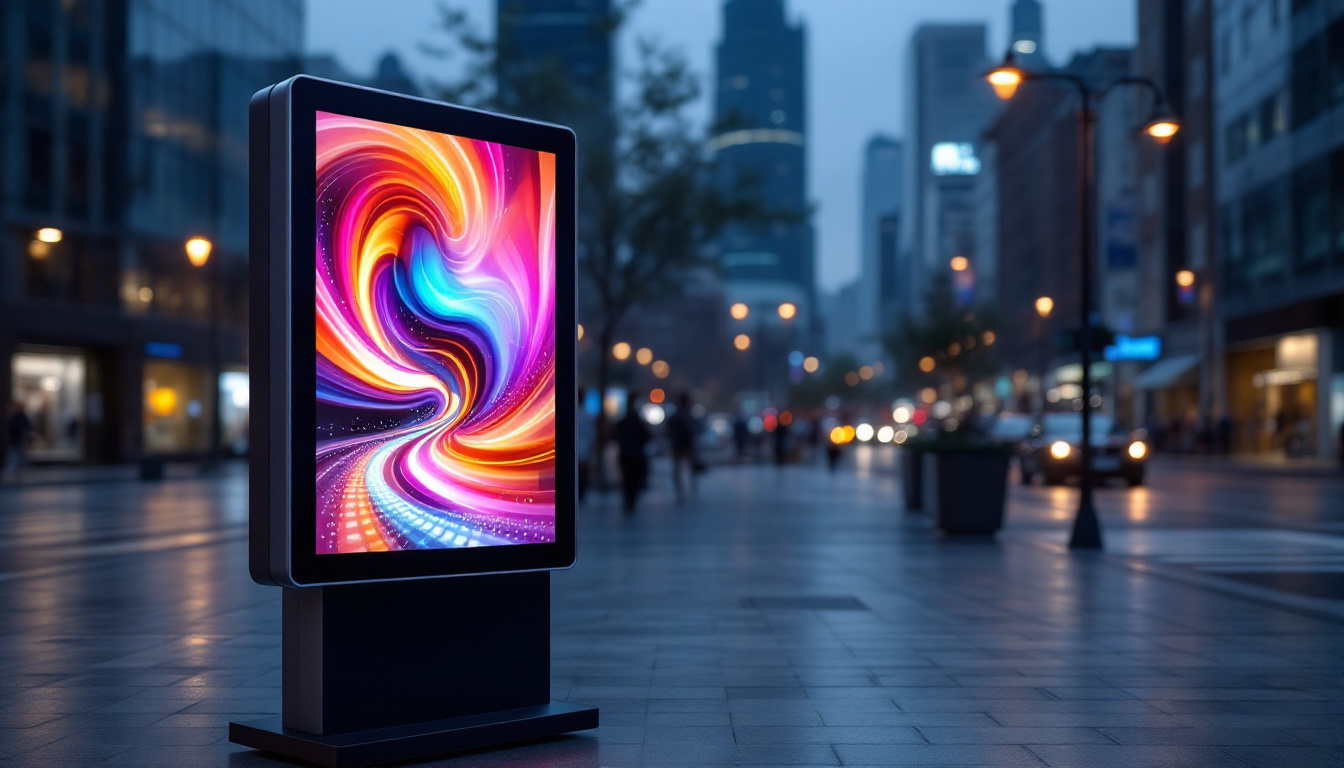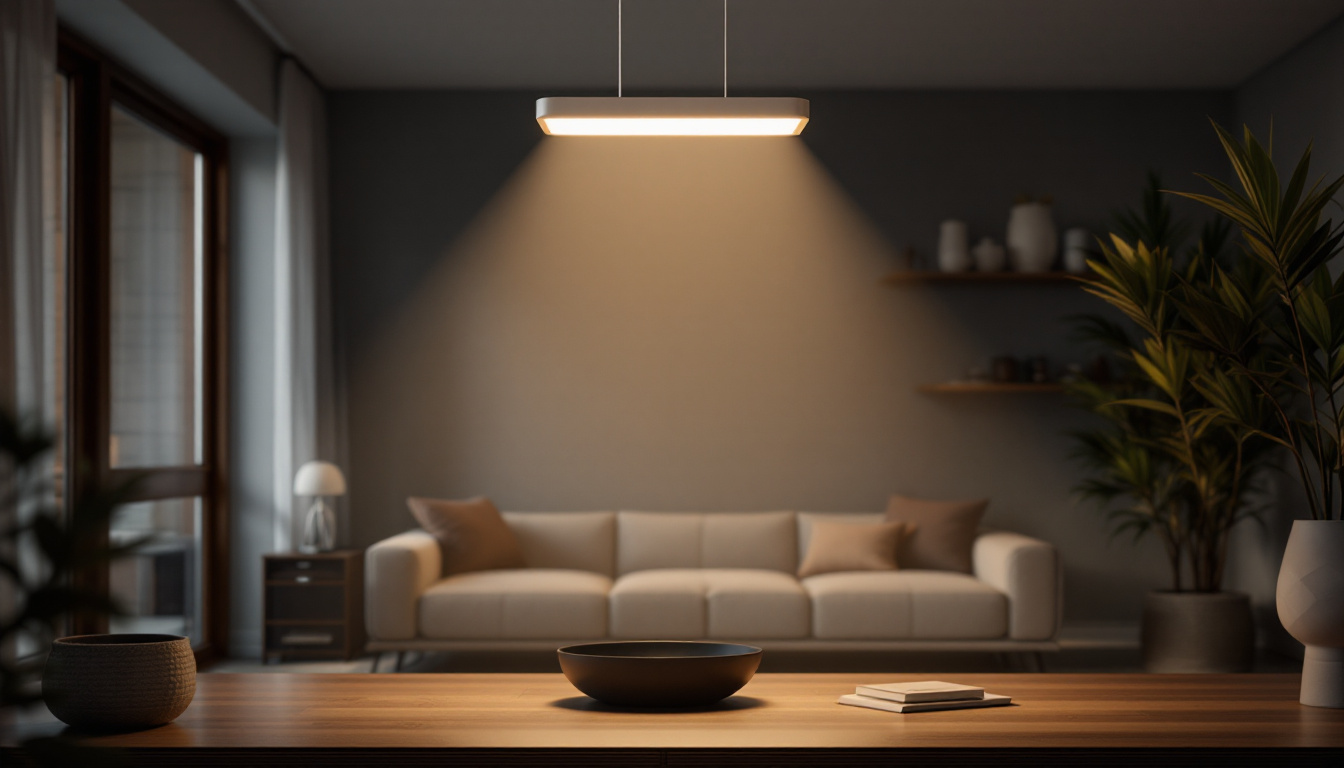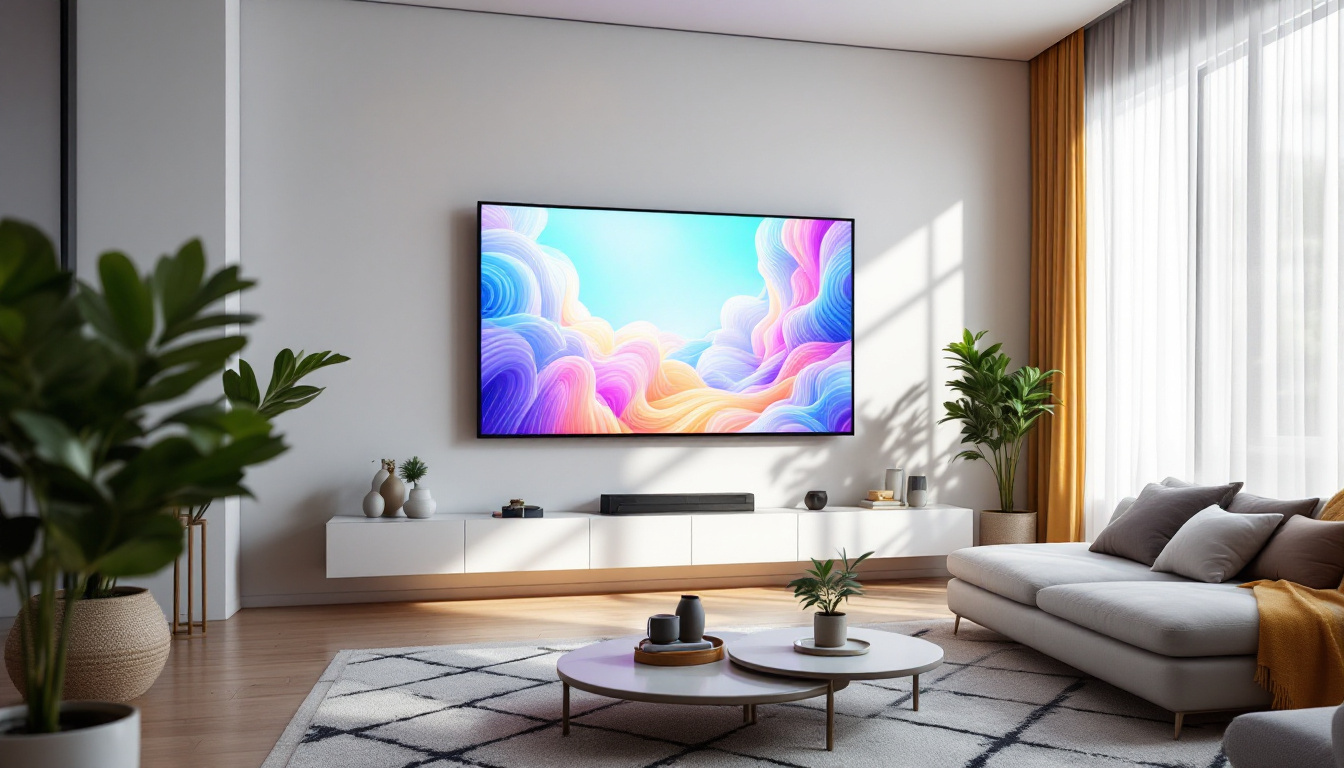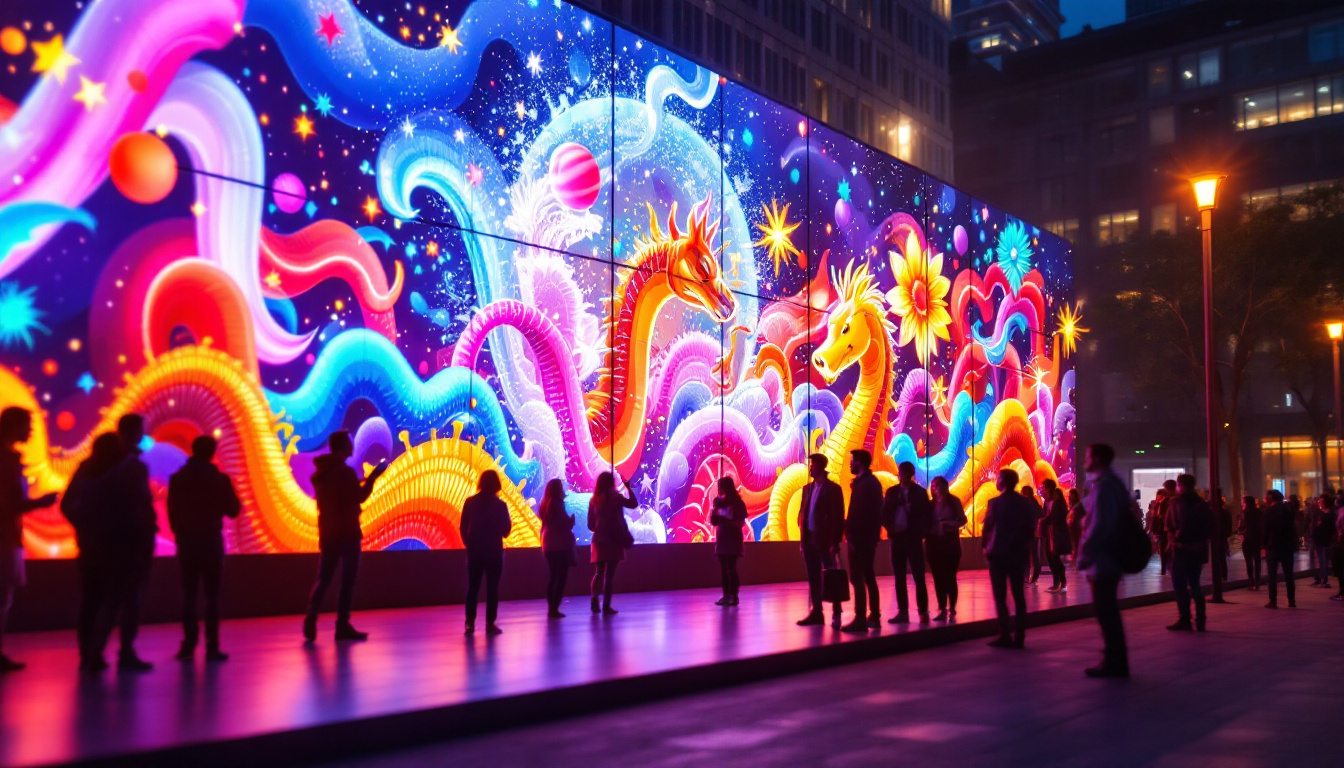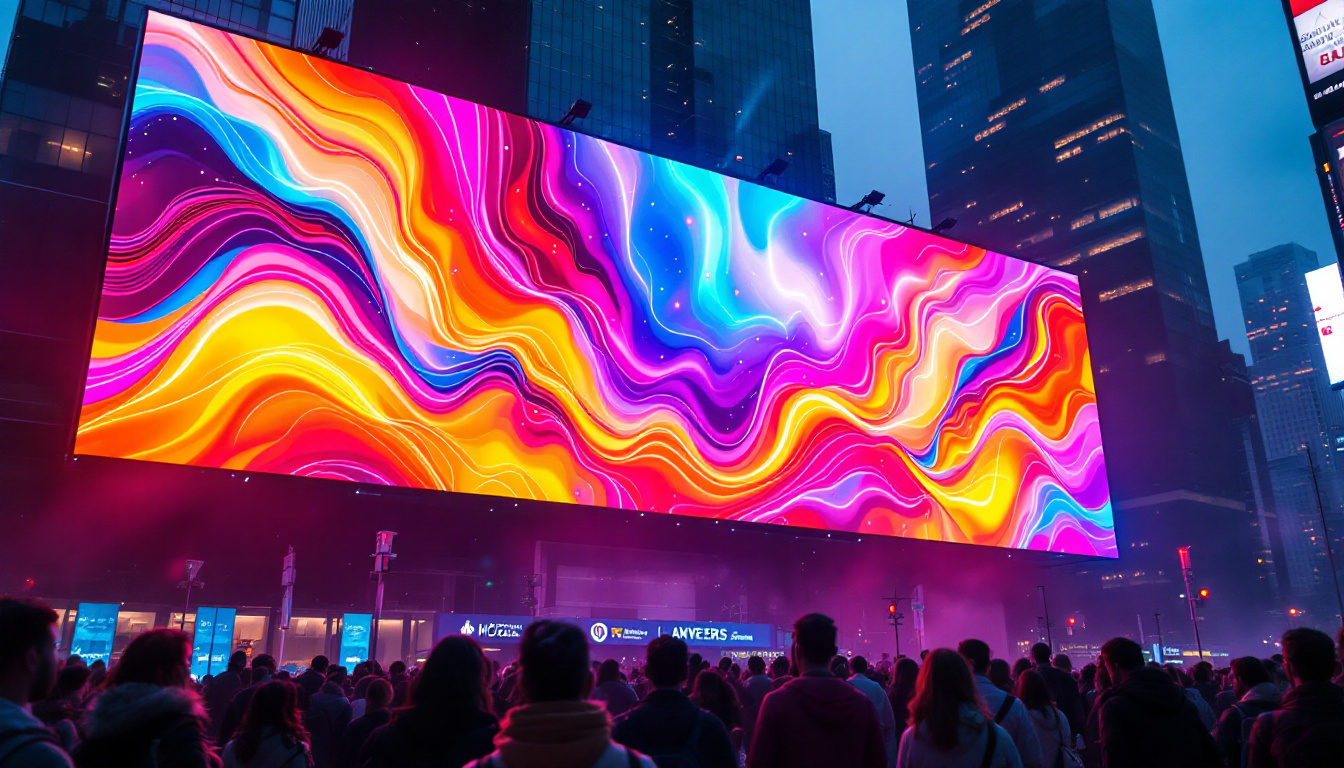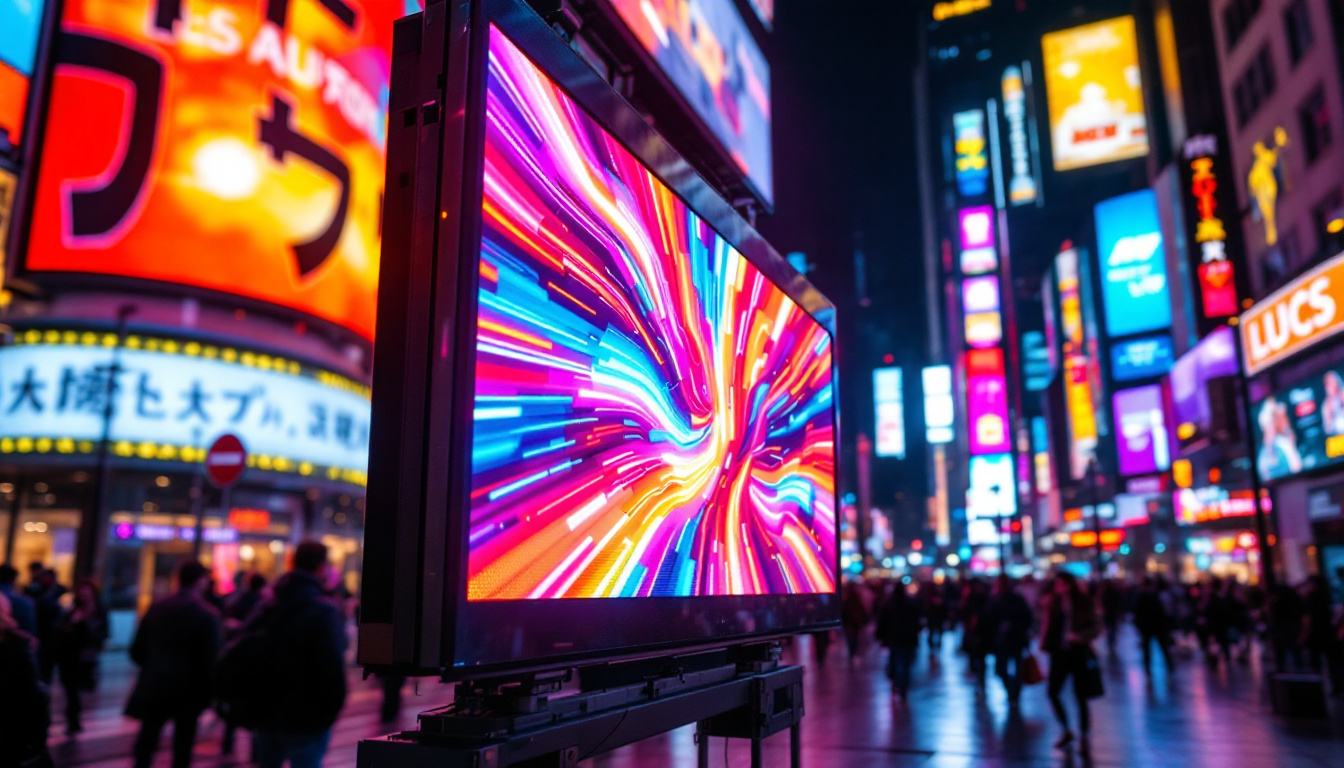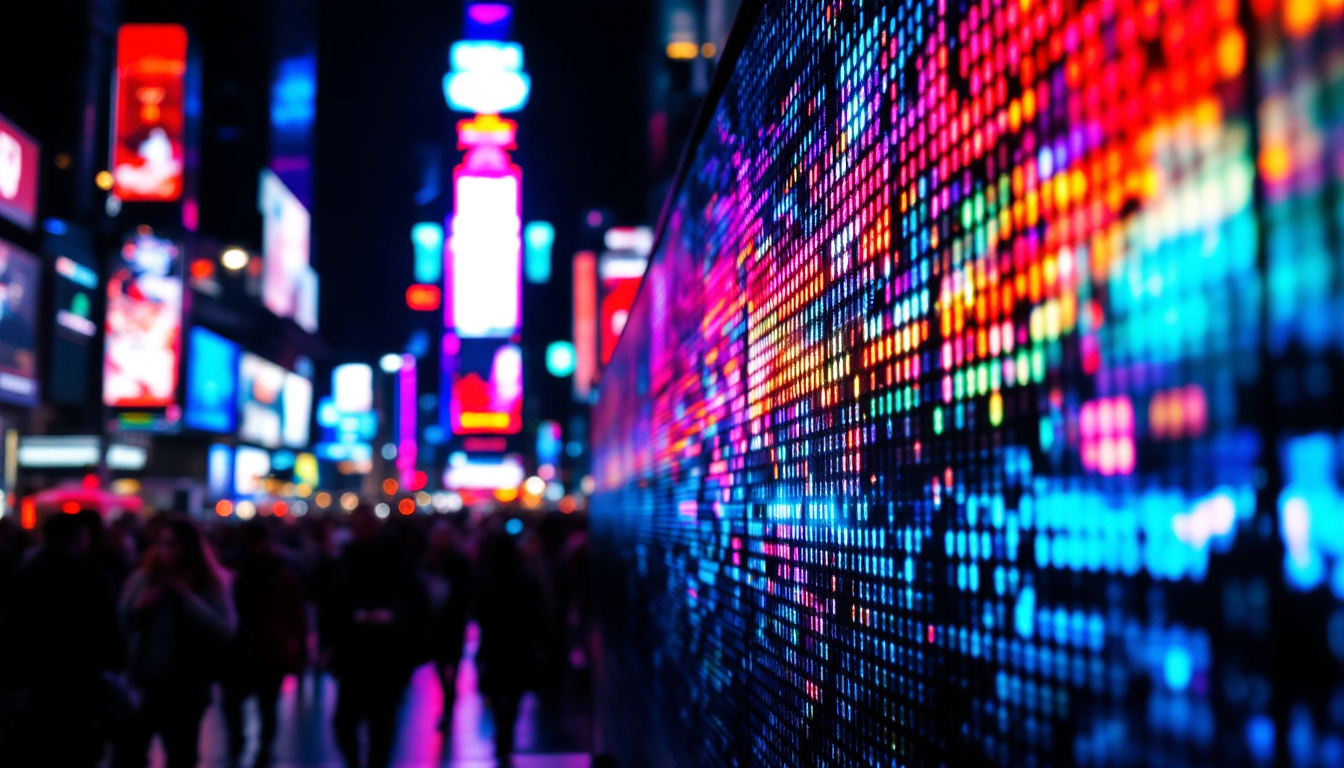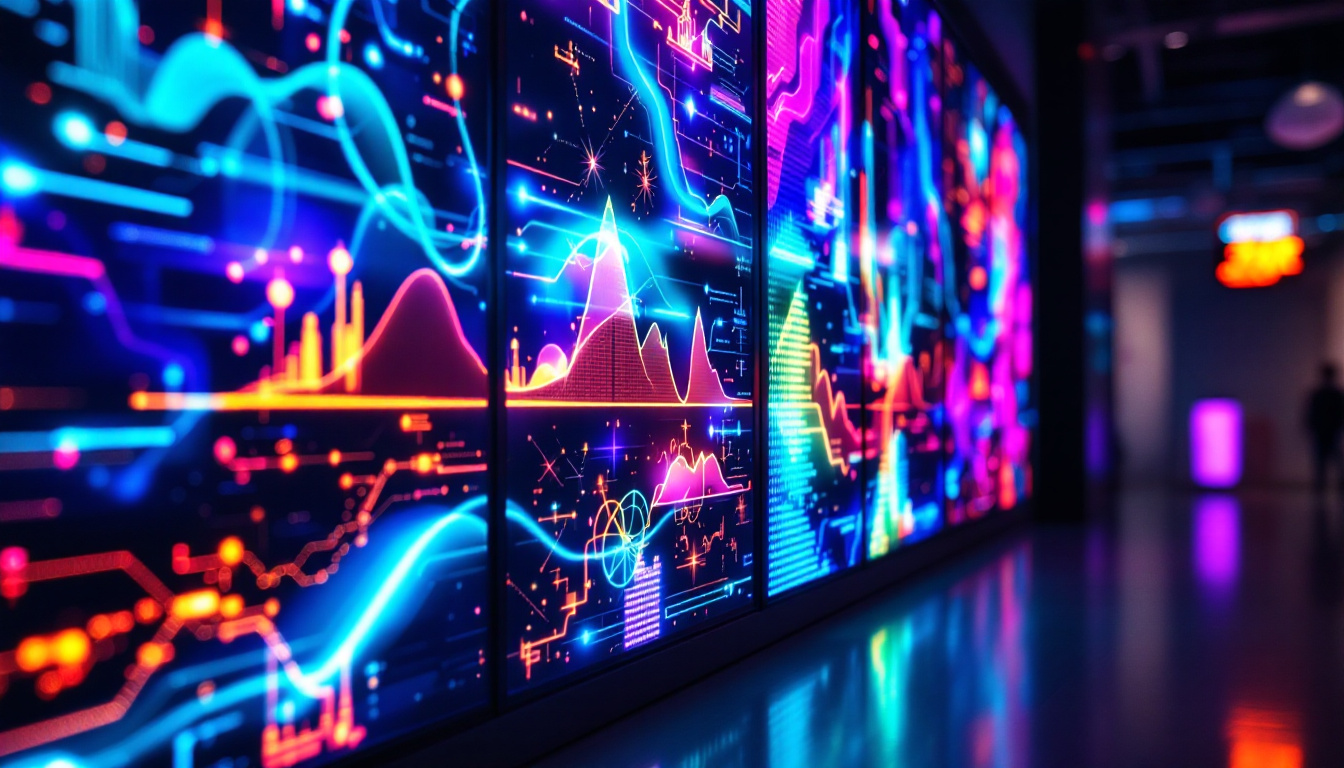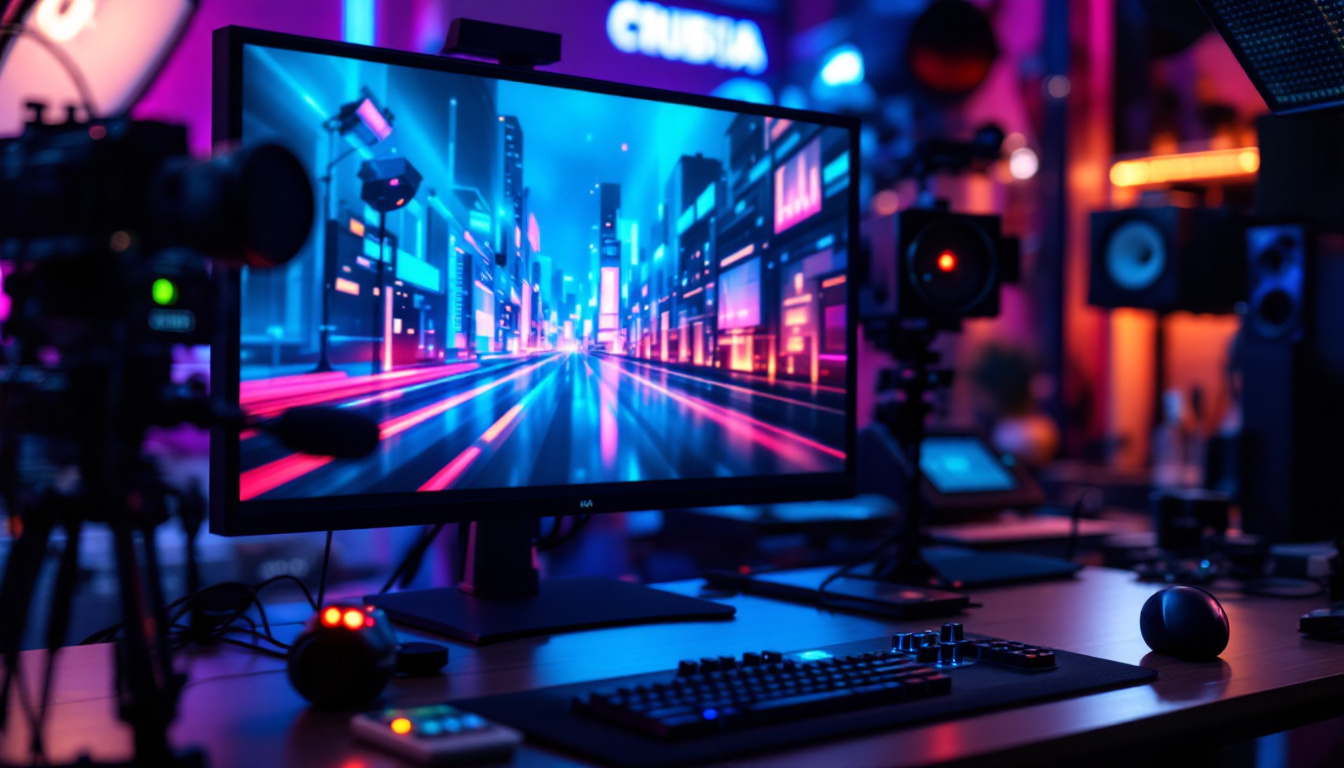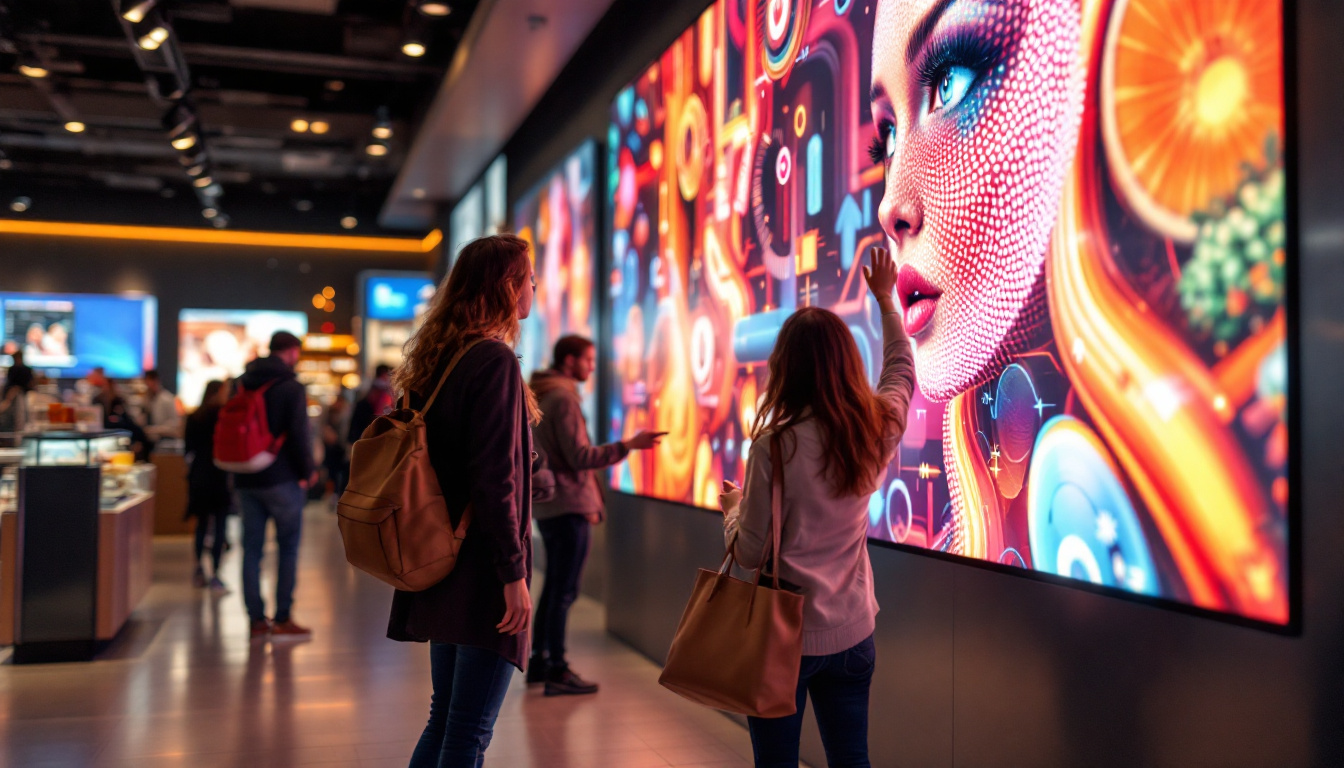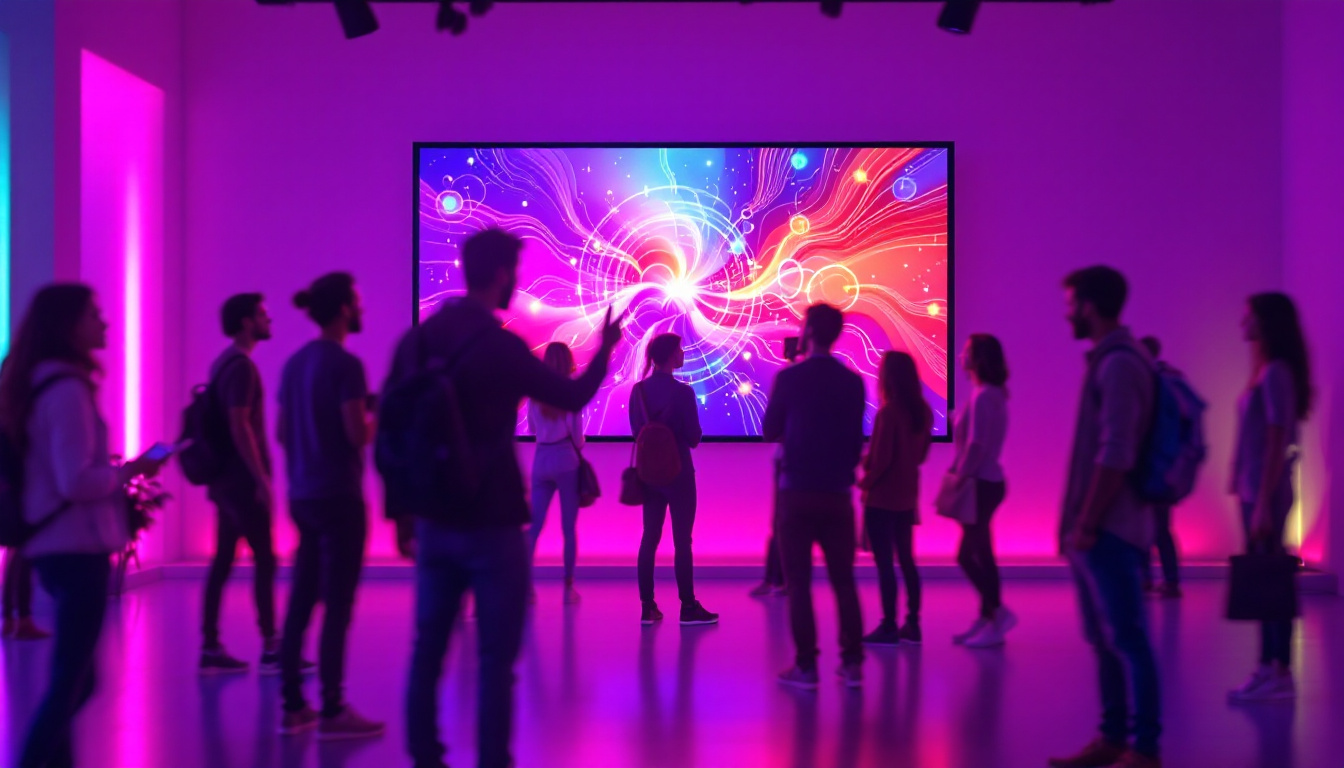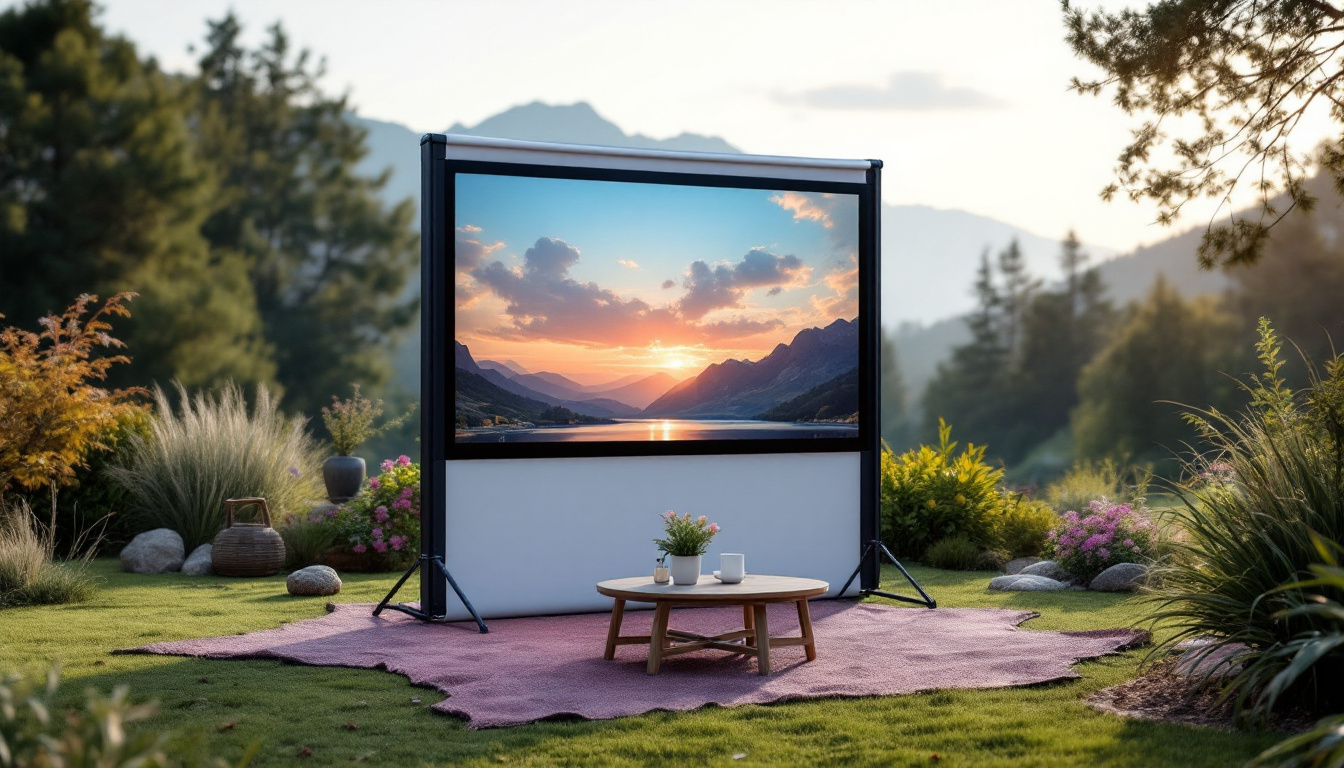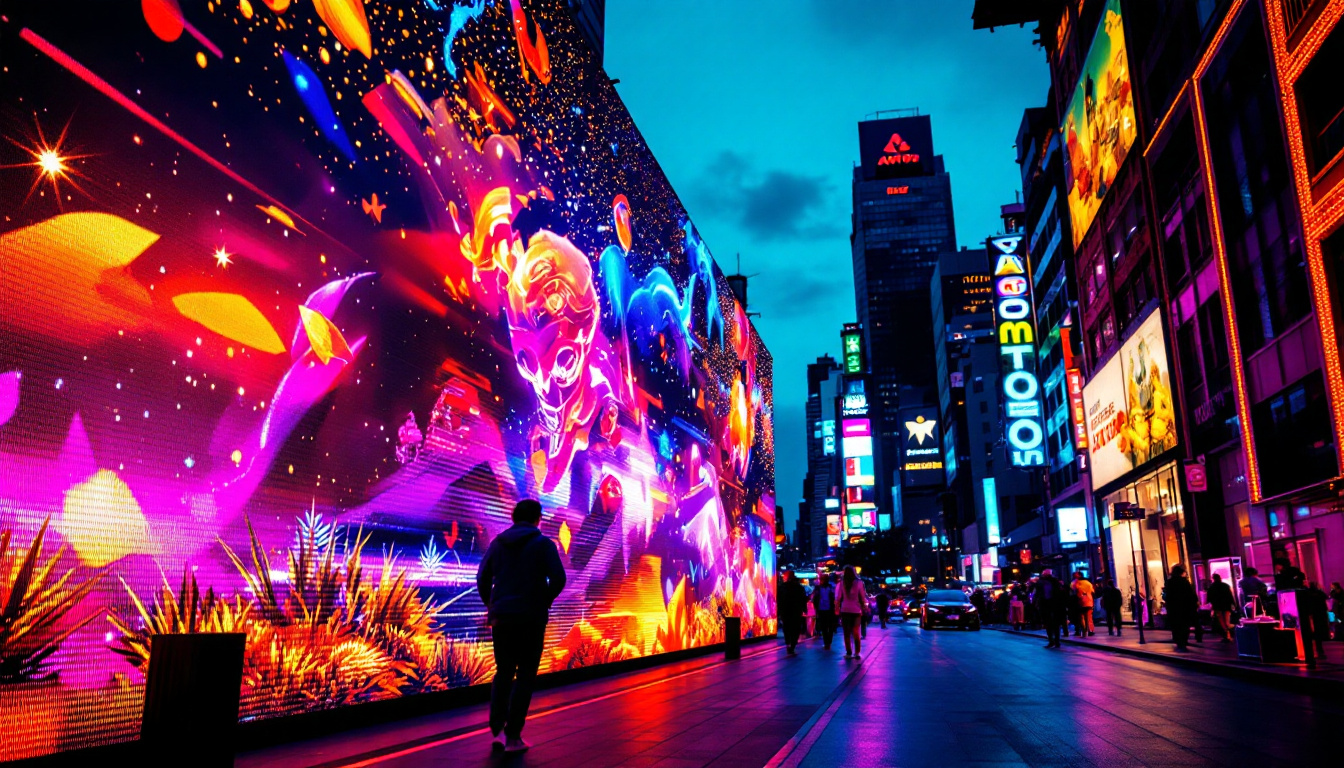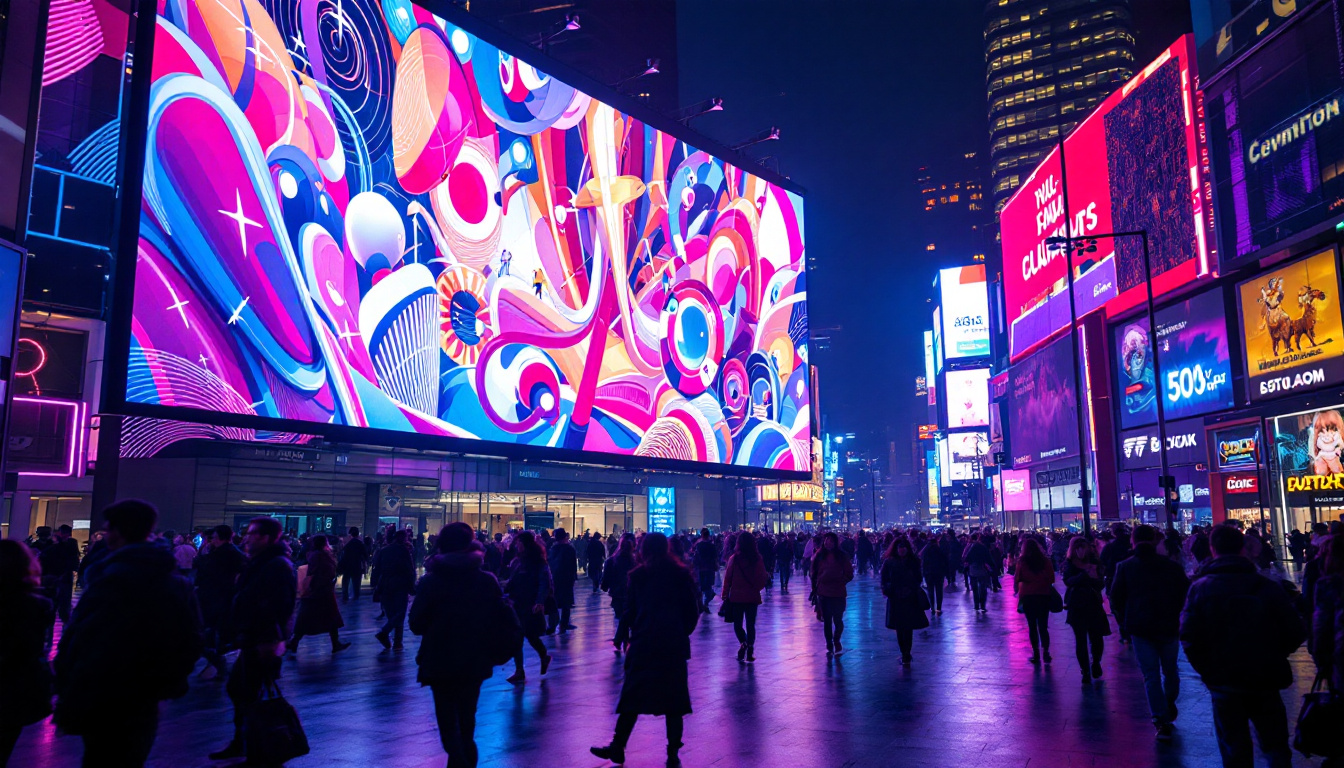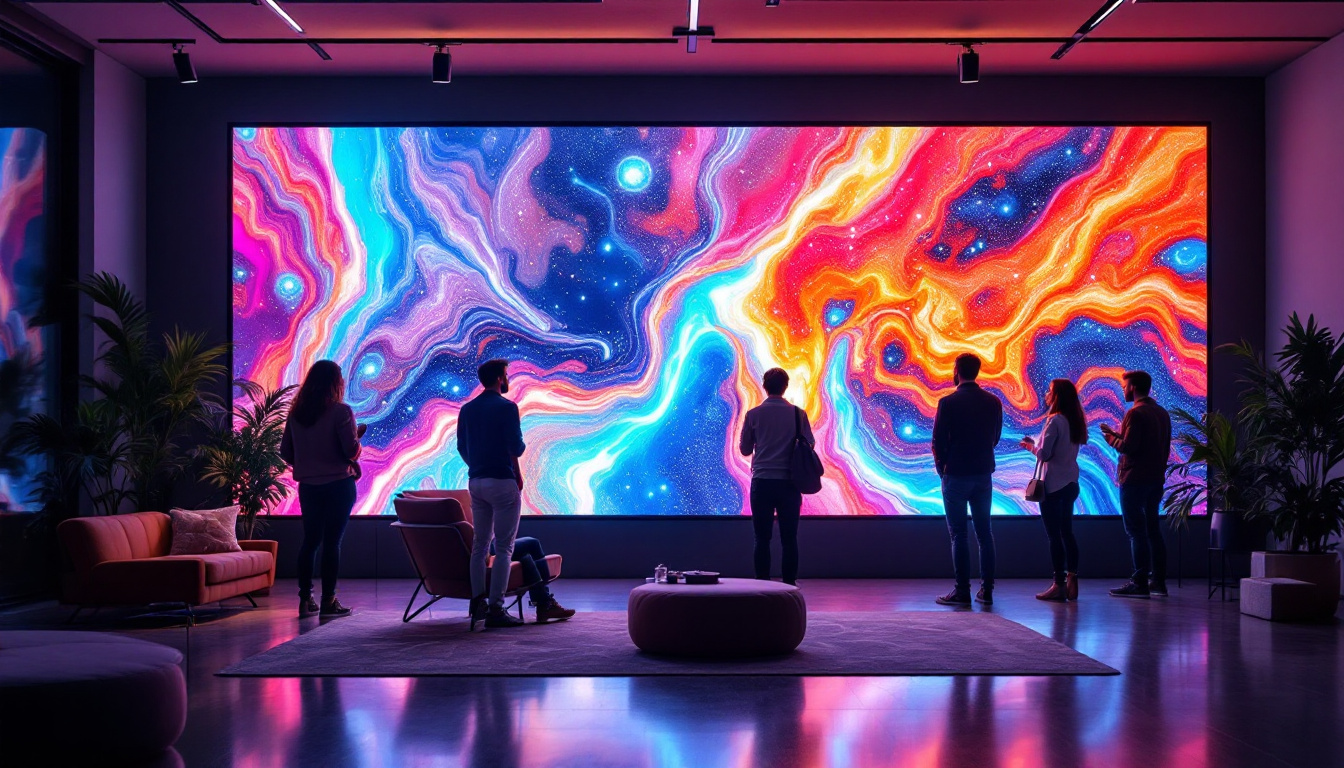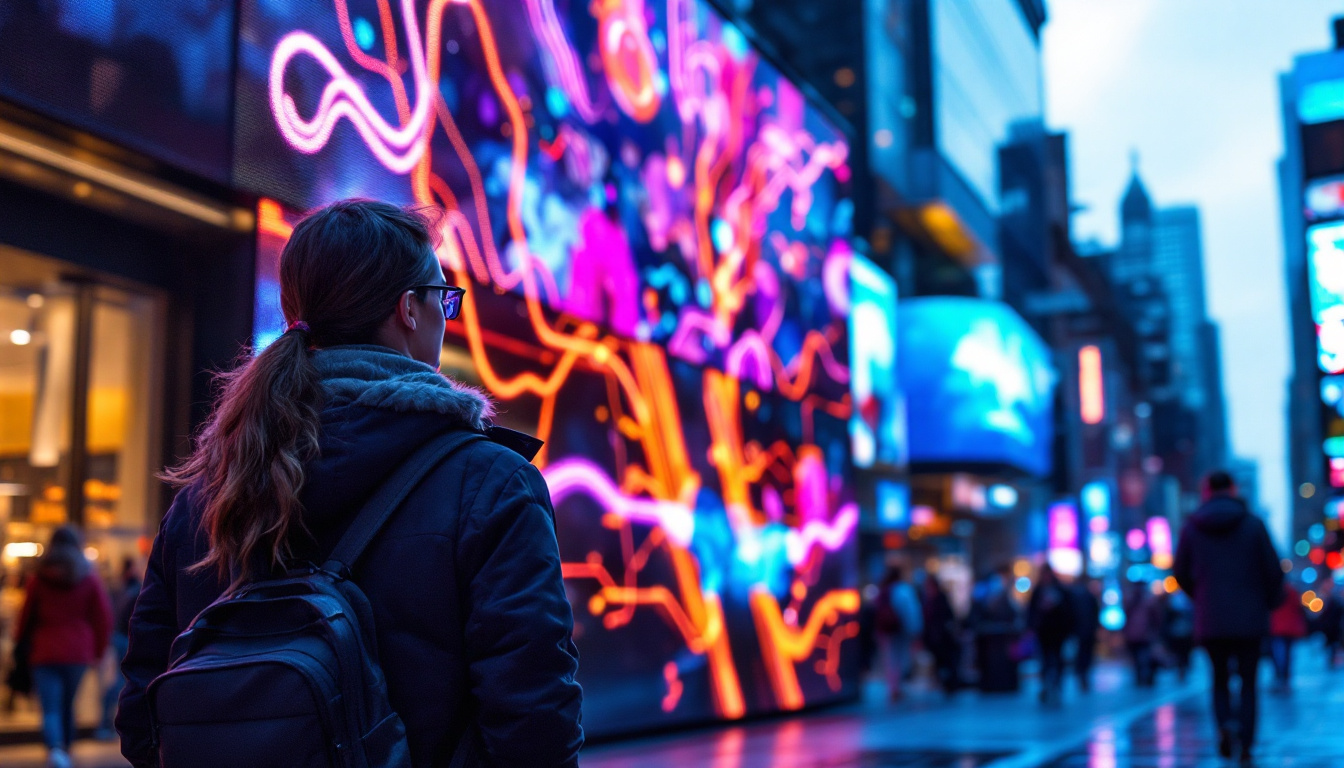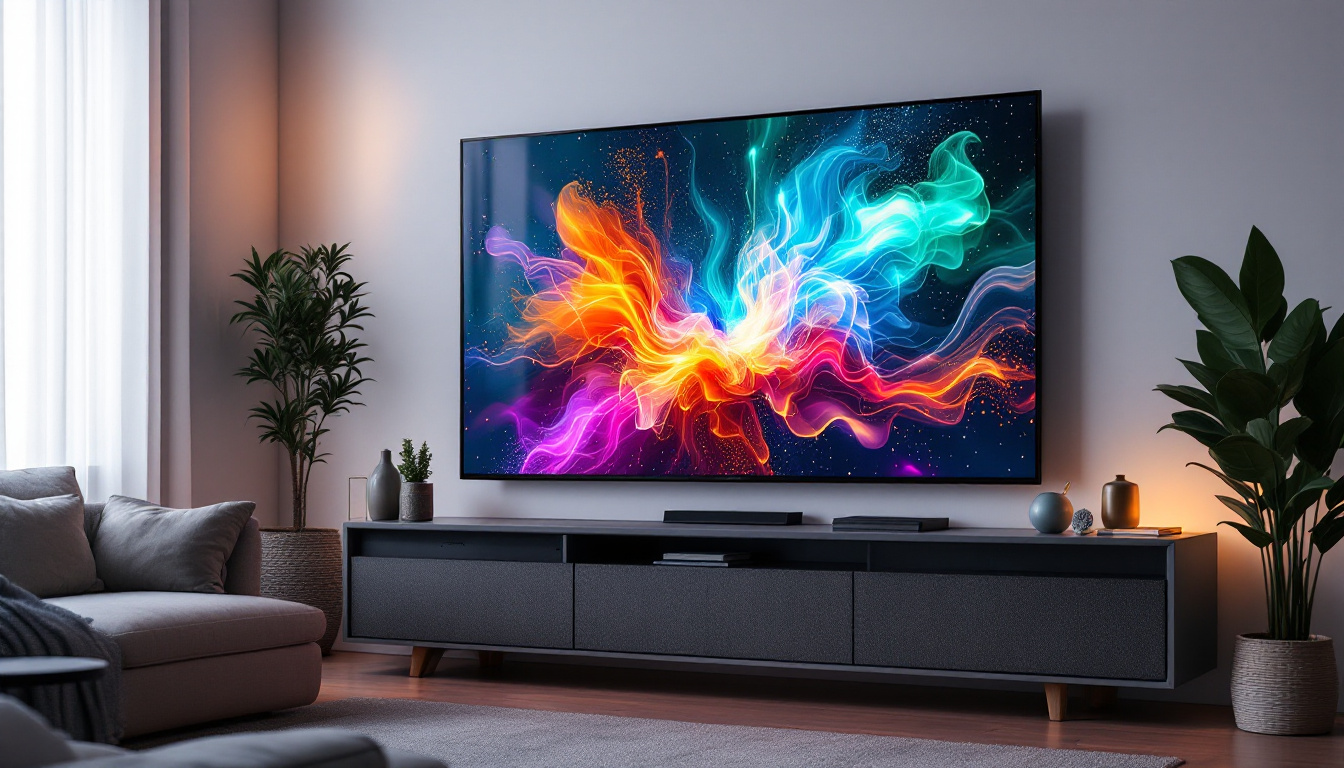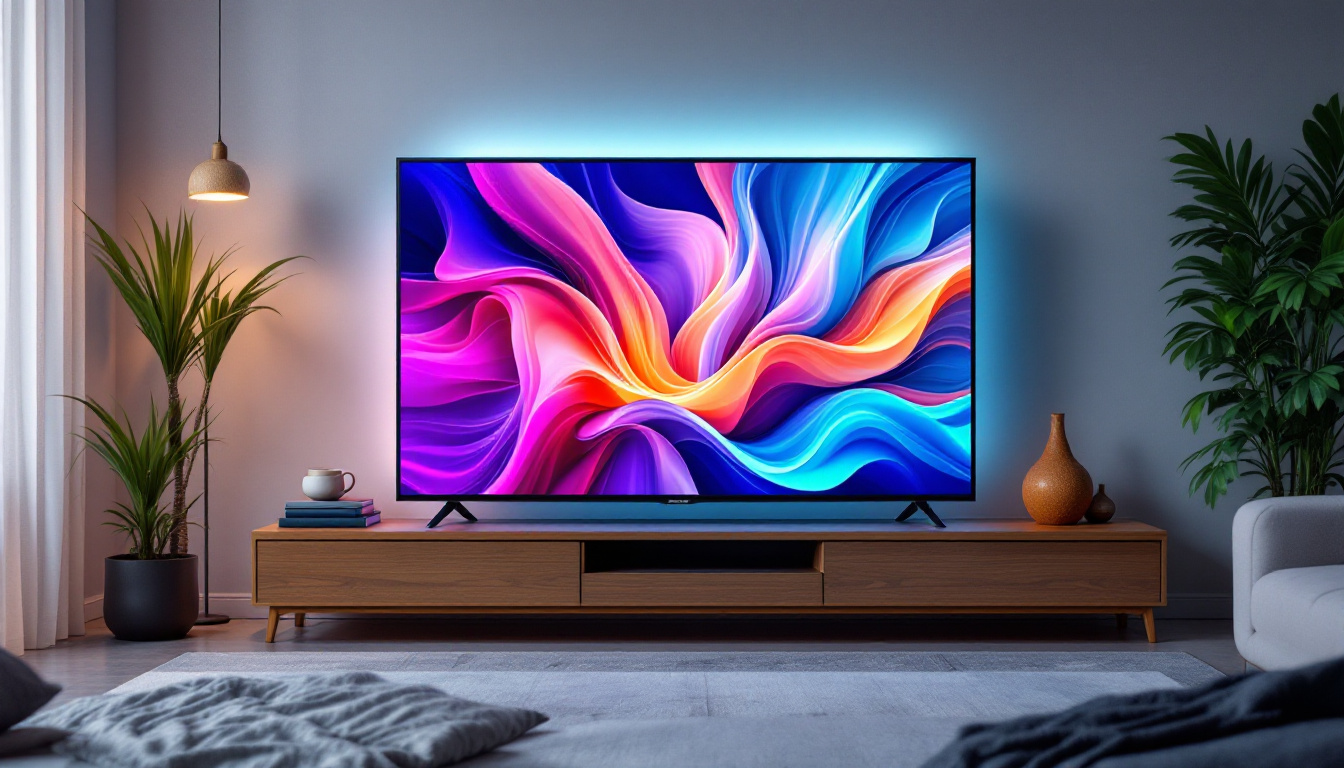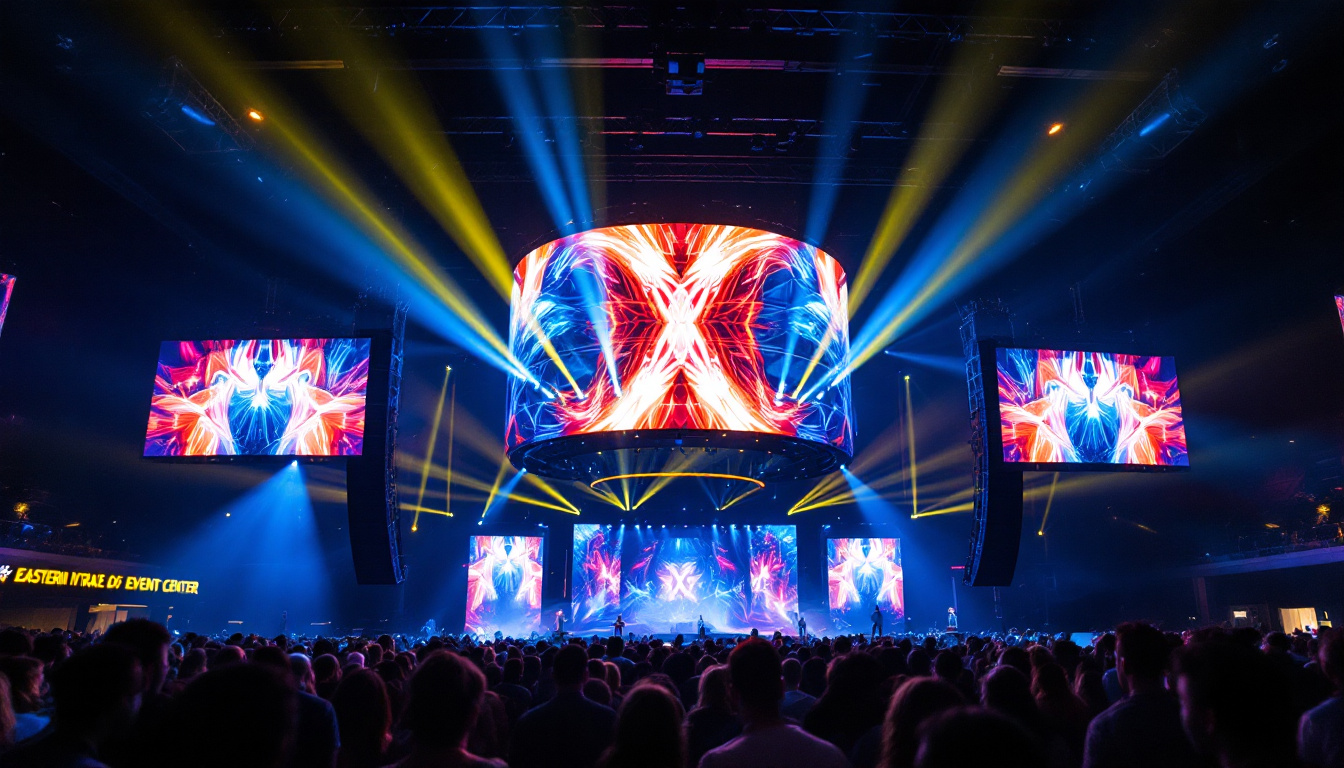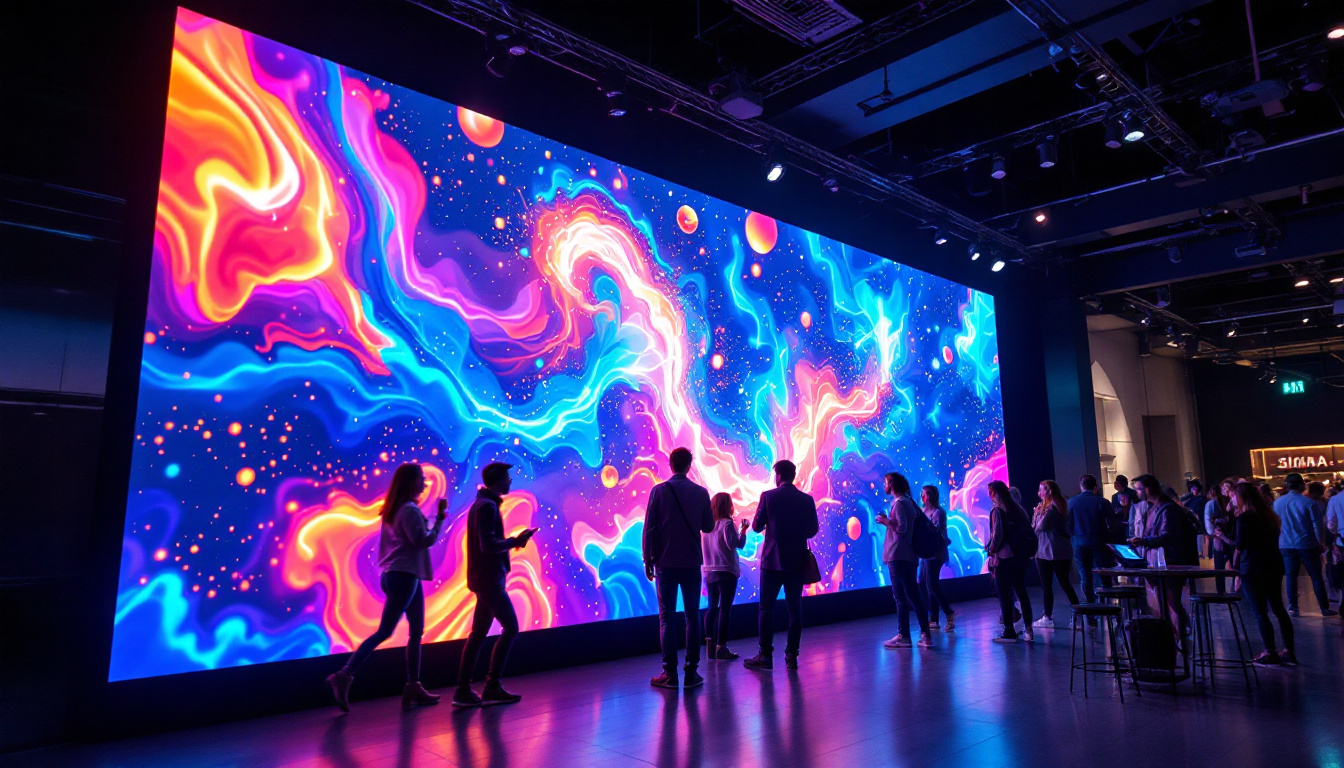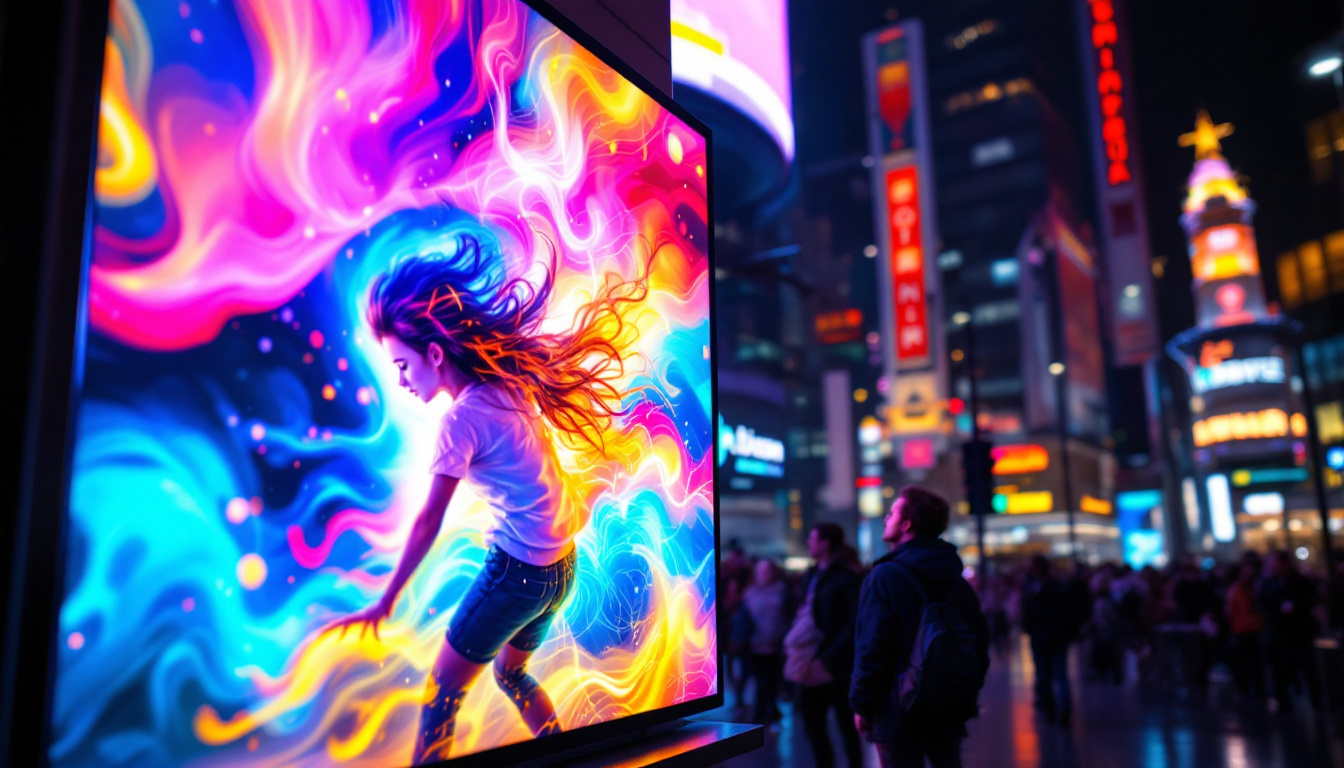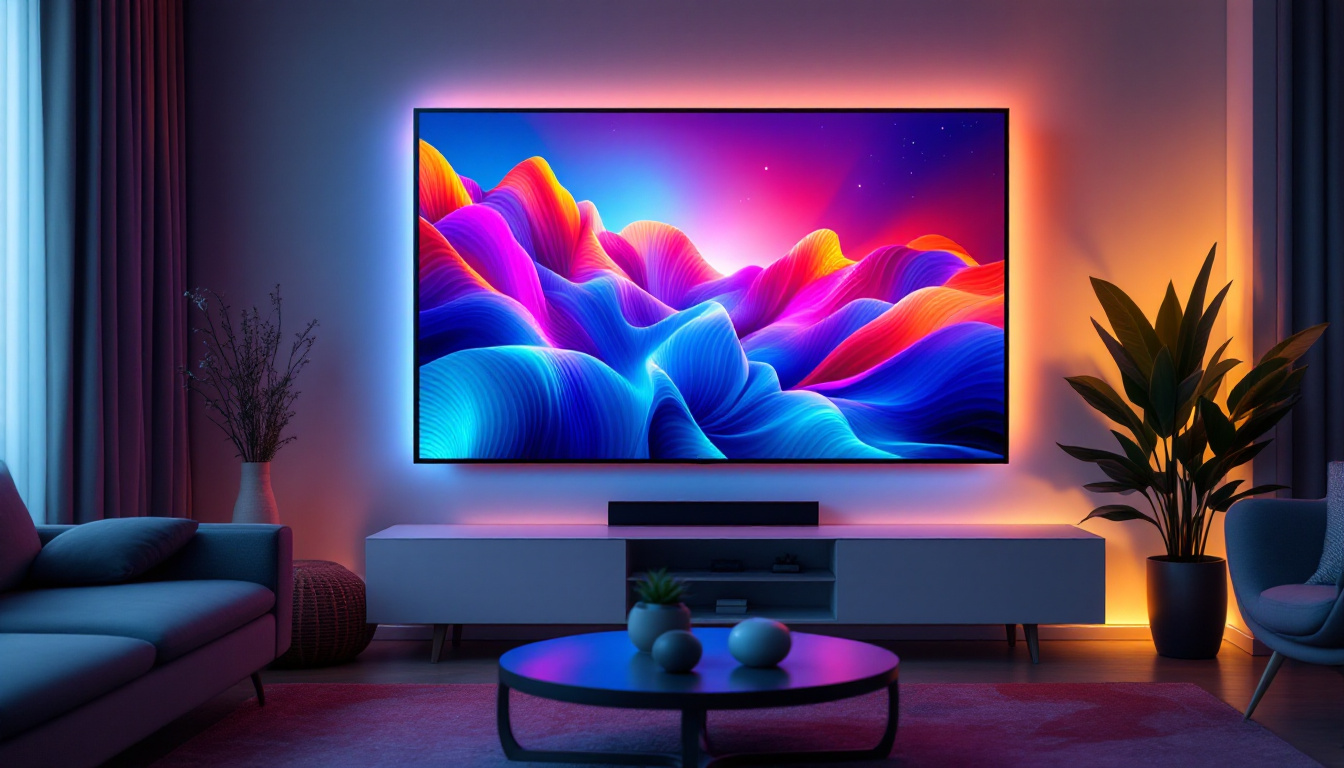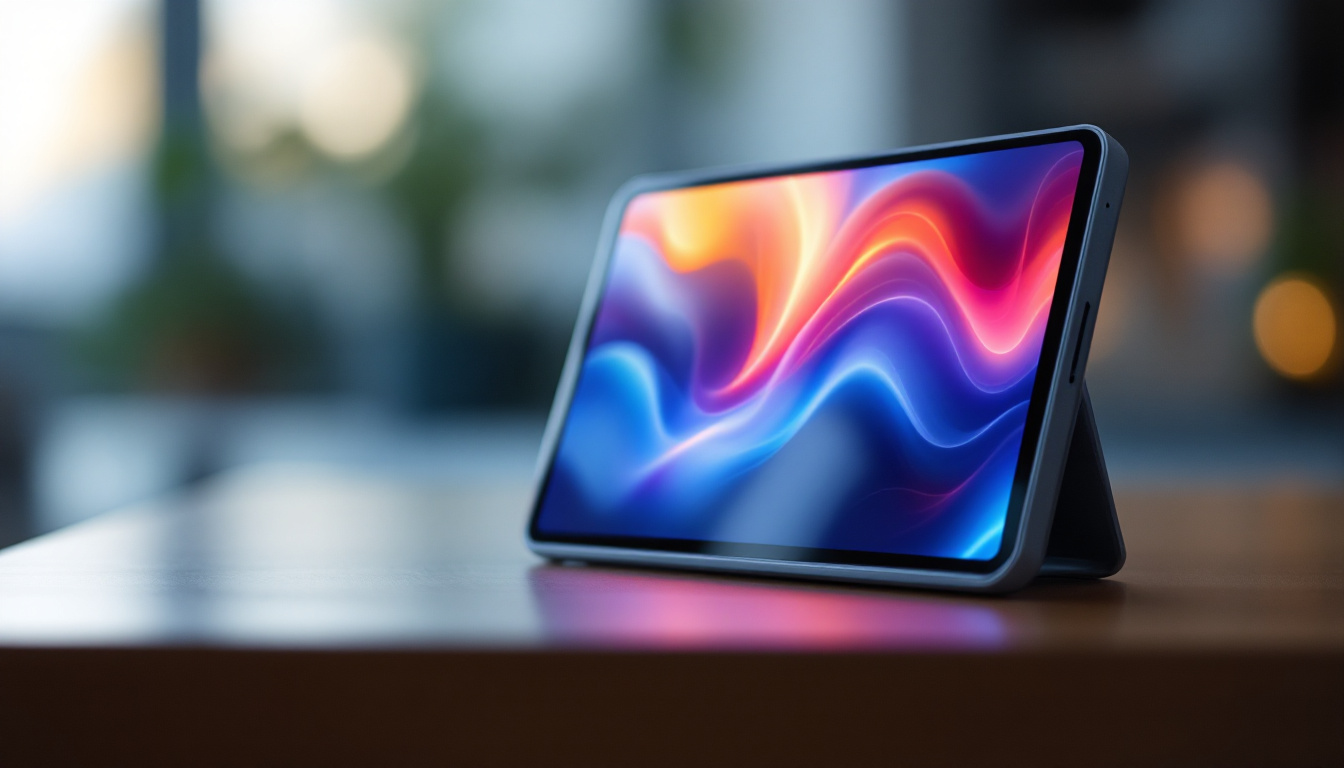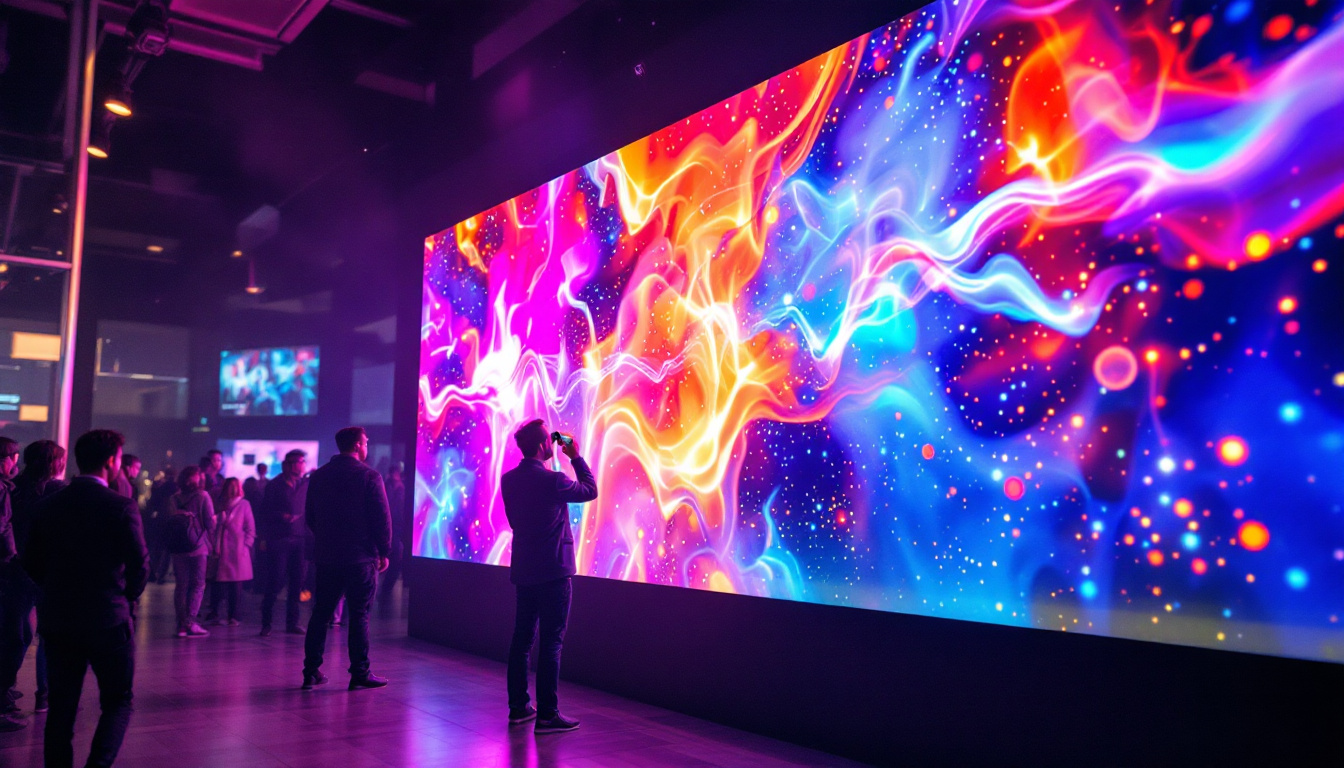Panels For TV Wall: LED Display Explained
In recent years, the demand for high-quality visual displays has surged, particularly in commercial spaces, homes, and entertainment venues. LED displays have emerged as a popular choice for TV walls, offering vibrant colors, sharp images, and flexibility in design. This article delves into the intricacies of LED display panels for TV walls, exploring their technology, benefits, and installation considerations.
Understanding LED Display Technology
LED (Light Emitting Diode) display technology has revolutionized the way visual content is presented. Unlike traditional LCD screens, which rely on backlighting, LED displays utilize individual diodes to emit light, resulting in brighter and more vivid images. This advancement not only enhances the viewing experience but also increases energy efficiency, making LED displays an environmentally friendly option for both consumers and businesses.
Types of LED Displays
There are several types of LED displays available in the market, each designed to cater to specific needs and environments. The most common types include:
- Direct View LED: These displays consist of individual LED modules that can be assembled to create large screens. They are ideal for outdoor advertising and large venues due to their high brightness and durability. Their modular nature allows for easy repairs and upgrades, making them a popular choice for event organizers and advertisers.
- LED Backlit LCD: This technology combines traditional LCD panels with LED backlighting. While not as vibrant as direct view LED, they are more cost-effective and suitable for home use. These displays are often found in televisions and computer monitors, providing a good balance between performance and price.
- MicroLED: A newer technology that offers even finer pixel pitch, allowing for ultra-high-definition displays. MicroLED panels are still in the early stages of adoption but promise to deliver exceptional image quality. Their potential for flexibility and scalability makes them an exciting option for future applications, including curved and transparent displays.
How LED Displays Work
LED displays operate by using a matrix of pixels, each composed of red, green, and blue (RGB) diodes. By adjusting the intensity of each color, a wide spectrum of colors can be produced. The arrangement of these pixels determines the display’s resolution, which is crucial for achieving clarity and detail in images and videos. This pixel arrangement is often referred to as pixel pitch, with smaller pitches allowing for higher resolutions and closer viewing distances.
The performance of an LED display is also influenced by its refresh rate, which measures how often the image is updated per second. A higher refresh rate results in smoother motion, making it particularly important for video content. Additionally, factors such as brightness levels, contrast ratios, and viewing angles play significant roles in the overall quality of the display. For instance, high brightness levels are essential for outdoor displays to combat sunlight glare, while wide viewing angles ensure that the image remains clear and vibrant from various positions, enhancing the experience for all viewers.
Furthermore, LED technology has also paved the way for innovations in display design, such as flexible and transparent screens. These advancements open up new possibilities for advertising, interior design, and consumer electronics, allowing for displays that can seamlessly integrate into various environments. As manufacturers continue to push the boundaries of what is possible with LED technology, we can expect even more exciting developments in the near future.
Advantages of LED Displays for TV Walls
LED displays offer numerous advantages that make them an attractive option for TV walls. Understanding these benefits can help in making an informed decision when selecting the right display for specific applications.
Exceptional Image Quality
One of the most significant advantages of LED displays is their ability to produce stunning image quality. The vibrant colors, deep blacks, and high contrast ratios contribute to a visually immersive experience. This makes LED displays particularly popular for environments where visual impact is crucial, such as retail spaces, sports arenas, and corporate presentations. Additionally, the wide viewing angles of LED technology ensure that the picture remains consistent and clear, regardless of the viewer’s position. This characteristic is particularly beneficial in large venues where audiences are spread out, allowing everyone to enjoy the same high-quality visuals.
Energy Efficiency
LED technology is inherently more energy-efficient than traditional display technologies. LED panels consume less power while providing superior brightness levels, which can lead to significant cost savings over time. This efficiency is especially beneficial for large installations where multiple panels are used. Moreover, the reduced heat output of LED displays can contribute to lower cooling costs in environments that require climate control, further enhancing their overall cost-effectiveness. As sustainability becomes a growing concern, the eco-friendly nature of LED technology aligns well with the goals of many organizations looking to reduce their carbon footprint.
Flexibility and Scalability
LED displays are highly versatile and can be configured in various shapes and sizes. This flexibility allows for creative installations, such as curved screens or large video walls that can be tailored to fit specific spaces. Furthermore, as technology advances, upgrading or expanding an existing LED wall is often straightforward, making it a future-proof investment. The modular design of many LED systems means that components can be easily replaced or added, allowing businesses to adapt their displays to changing needs or trends. This adaptability not only enhances the longevity of the investment but also ensures that the display can evolve with the brand’s vision and marketing strategies over time.
Durability and Longevity
Another key advantage of LED displays is their durability and longevity. Unlike traditional LCD or plasma screens, LED panels are less susceptible to damage from impacts or environmental factors, making them ideal for both indoor and outdoor applications. They are designed to withstand harsh conditions, including exposure to sunlight and varying temperatures, which is particularly advantageous for outdoor advertising or events. Additionally, with a lifespan that can exceed 100,000 hours, LED displays require less frequent replacements, further enhancing their appeal as a long-term solution for visual communication.
Enhanced Interactivity
Modern LED displays often come equipped with advanced technology that allows for enhanced interactivity, making them an excellent choice for engaging audiences. Touchscreen capabilities and integration with mobile devices enable users to interact directly with the content displayed, creating a more immersive experience. This feature is particularly useful in settings such as museums, trade shows, and educational environments, where interactive displays can enhance learning and engagement. As the demand for interactive experiences continues to grow, LED technology positions itself as a leader in providing innovative solutions that captivate and inform audiences effectively.
Installation Considerations for LED TV Walls
While the advantages of LED displays are compelling, proper installation is crucial to ensure optimal performance and longevity. Several factors must be considered when planning an LED TV wall installation.
Location and Environment
The location of the LED display plays a significant role in its effectiveness. Factors such as ambient light, viewing distance, and audience size should be assessed. For instance, outdoor installations require displays with higher brightness levels to combat sunlight, while indoor displays can focus on resolution and color accuracy.
Mounting Options
LED panels can be mounted in various ways, including wall-mounted, ceiling-mounted, or freestanding configurations. The choice of mounting option will depend on the intended use and available space. Wall-mounted displays are common in retail environments, while freestanding units may be used for exhibitions or events.
Professional Installation vs. DIY
While some may consider a DIY approach to installing LED displays, professional installation is often recommended. Experienced technicians can ensure that the panels are correctly aligned, calibrated, and integrated with existing systems. This expertise can prevent potential issues and enhance the overall performance of the display.
Maintenance and Care for LED Displays
To maximize the lifespan and performance of LED displays, regular maintenance is essential. Understanding the maintenance requirements can help in preserving the quality of the display over time.
Regular Cleaning
Dust and debris can accumulate on the surface of LED panels, affecting image quality. Regular cleaning with appropriate materials is necessary to maintain clarity. It is advisable to use microfiber cloths and specialized cleaning solutions to avoid damaging the screen.
Software Updates
Many LED displays come with integrated software for managing content and performance. Keeping this software updated ensures that the display operates efficiently and takes advantage of the latest features. Regularly checking for updates can help in preventing potential issues.
Monitoring Performance
Monitoring the performance of an LED display can help in identifying any potential problems early on. Many modern displays come equipped with diagnostic tools that provide insights into performance metrics, allowing for proactive maintenance.
Choosing the Right LED Display for Your Needs
With a variety of options available, selecting the right LED display for a TV wall can be overwhelming. Several factors should be considered to ensure the chosen display meets specific requirements.
Define Your Purpose
Understanding the primary purpose of the LED display is crucial. Whether it’s for advertising, entertainment, or information dissemination, defining the purpose will guide the selection process. For instance, a display intended for high-traffic areas may require higher brightness and durability compared to one used in a controlled environment.
Budget Considerations
Budget plays a significant role in the decision-making process. While LED displays can be an investment, it is essential to balance quality with cost. Evaluating the total cost of ownership, including installation and maintenance, can help in making a more informed financial decision.
Consulting with Experts
Engaging with professionals who specialize in LED displays can provide valuable insights and recommendations. They can help assess specific needs, suggest suitable products, and guide through the installation process, ensuring that the final result meets expectations.
Future Trends in LED Display Technology
The LED display industry is constantly evolving, with new technologies and trends emerging regularly. Staying informed about these developments can help in making future-proof investments.
Advancements in MicroLED Technology
MicroLED technology is gaining traction due to its potential for higher resolution and improved energy efficiency. As manufacturers continue to innovate, MicroLED displays may become more accessible and widely adopted, offering even better performance for TV walls.
Integration with Smart Technology
As smart technology becomes more prevalent, the integration of LED displays with IoT devices is on the rise. This integration allows for enhanced interactivity and automation, enabling users to control displays remotely and customize content based on real-time data.
Sustainability Initiatives
With growing concerns about environmental impact, manufacturers are focusing on sustainability in LED display production. This includes using eco-friendly materials and designing displays that consume less power, contributing to a greener future.
Conclusion
LED displays have transformed the landscape of visual communication, offering unparalleled image quality, flexibility, and energy efficiency. Understanding the technology, benefits, and installation considerations is essential for anyone looking to invest in a TV wall. As the industry continues to evolve, staying informed about trends and advancements will ensure that the chosen display meets both current and future needs.
Ultimately, whether for commercial use or personal enjoyment, LED displays represent a significant leap forward in display technology, promising a vibrant and engaging viewing experience.
Discover the Future of Visual Experience with LumenMatrix
Ready to elevate your space with the most advanced LED display technology? LumenMatrix is at the forefront of innovation, offering a wide range of LED display solutions tailored to your unique needs. From vibrant Indoor and Outdoor LED Wall Displays to dynamic Vehicle and Sports LED Displays, and even customizable options like Floor and Transparent LED Displays, we have everything to transform your visual communication. Embrace the future with our All-in-One LED Display solutions that promise to captivate your audience and amplify your message. Check out LumenMatrix LED Display Solutions today and experience the power of cutting-edge LED technology.

